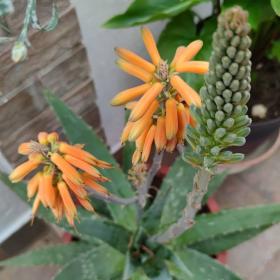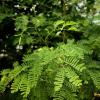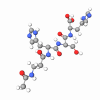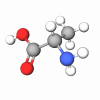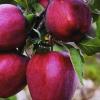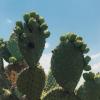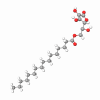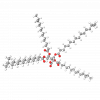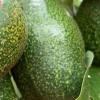The raw Aloe Barbadensis leaf mucilage consists of 99.5% water, so, unsurprisingly, the plant is injured at 1.7°C and killed at 0°C. The solids (approximately 0.5%) contain, depending on climatic or seasonal variances, complex mixtures of mucopolysaccharides, amino acids, natural hydroxyquinone glucosides, minerals, and many other materials.
When the leaf is cut open, the colorless, transparent gelatinous gel inside exudes. Aloe Barbadensis Leaf Water is a fraction of that gel that is mechanically removed from the fibrous matrix for use in personal care products or health food drinks. Since the is is sensitive to light and heat, it can deteriorate quickly unless properly preserved, buffered, and stabilized.
Compounds that have been isolated from Aloe Barbadensis Leaf Water by various researchers include aloin [1,8-dihydroxy- 3-hydroxymethyl-10-(6-hydroxymethyl-3,4,5-trihydroxy-2-pyranyl) anthrone], aloe-emodin (3-hydroxylmethyl- chrysazin), aloetinic acid, choline, and choline salicylate, complex mucopolysaccharides similar to hyaluronic acid, sapogenins and enzymes such as catalase, amylase, cellulase, and alliinase.
Mineral analyses of Aloe Barbadensis Leaf Water have shown the presence of calcium, magnesium, potassium, sodium, aluminum, iron, and zinc. Waller et al., in 1978, reported finding 17 free amino acids with arginine, asparagine, glutamic acid, aspartic acid, and serine predominating.Free monosaccharides from Aloe Barbadensis Leaf Water consisted of D-mannose and D-glucose in a molar ratio of 5:4, and trace amounts of xylose, rhamnose, galactose, and either arabinose or fucose were found. Some sterols (cholesterol, campesterol, and 3-sitosterol) were found in substantial amounts in lipid fractions. Triterpenoid lupeol and an unknown alkaloid were also found.
